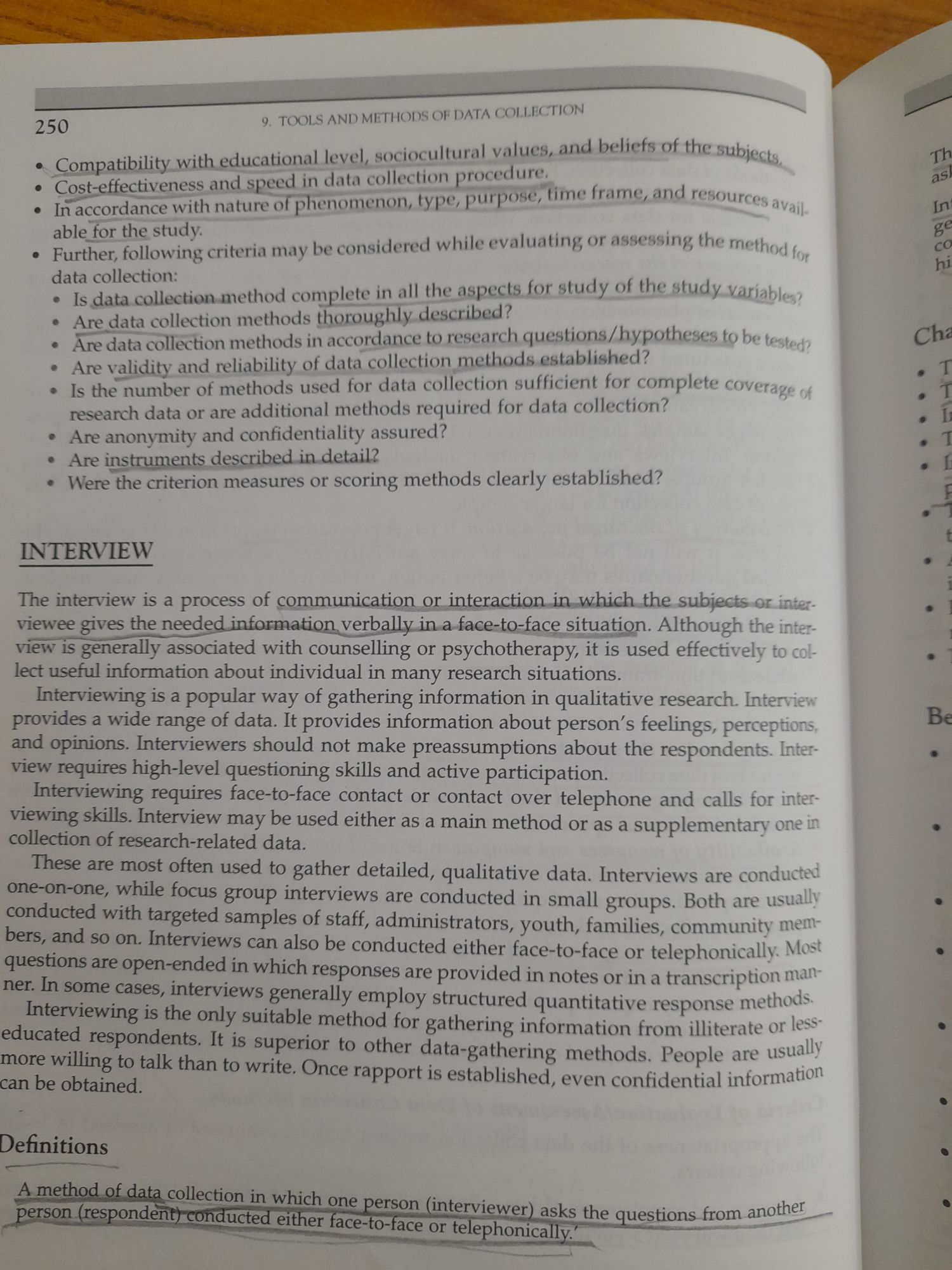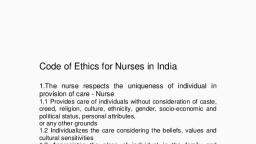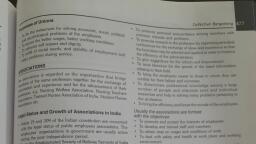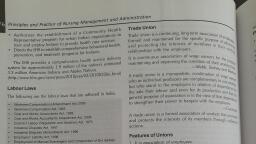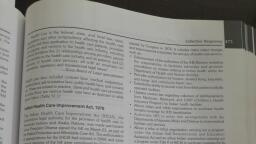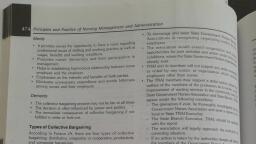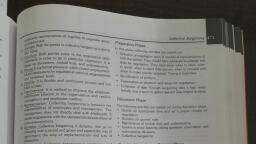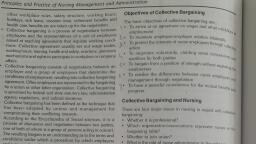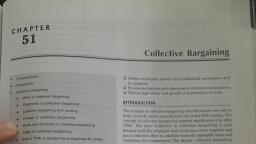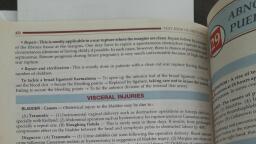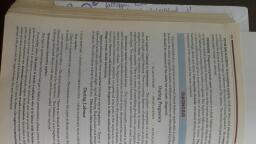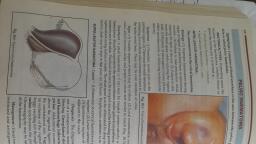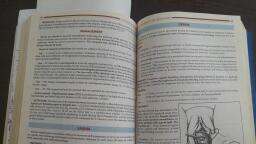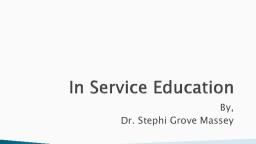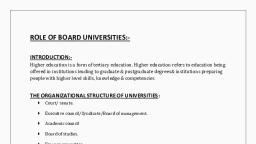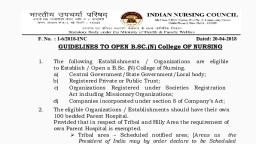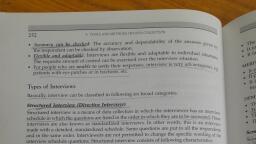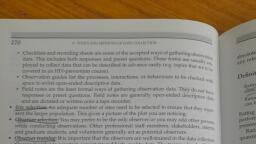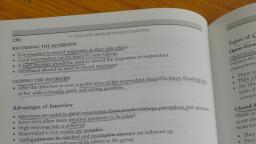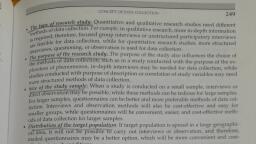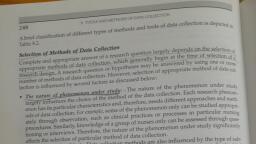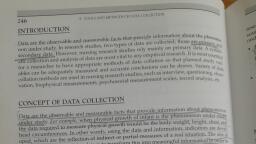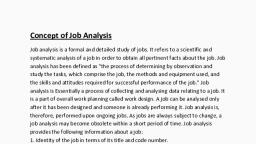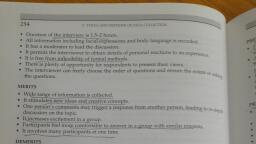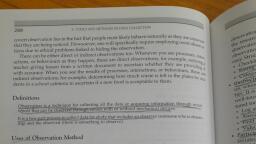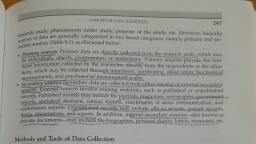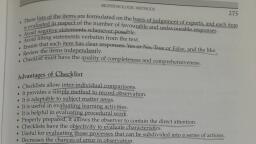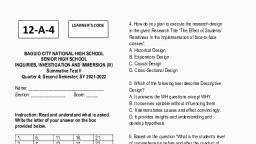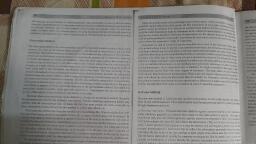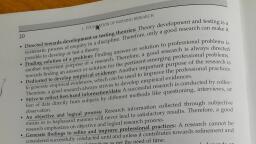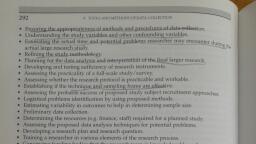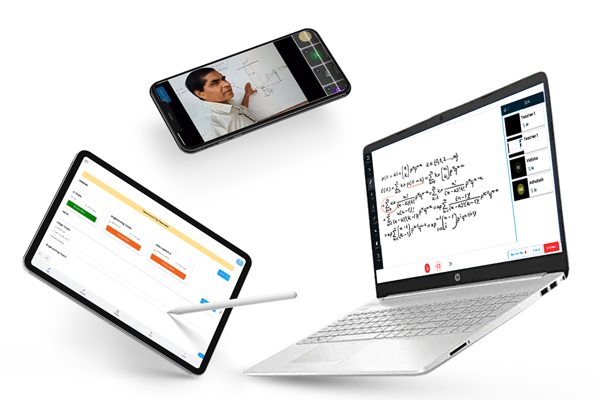Page 1 :
4, , 250 9, TOOLS AND METHODS O}, , ¢ Compatibility with educational leye, + Cost-effectiveness and speed in data colle, ¢ Inaccordance with nature of phenomenon,, able for the study., e Further, following criteria may be, data collection:, e Is data collectionanethod complete in all the aspects for study of the study variahy),, e Are data collection methods thoroughly described?, e Are data collection methods in accordance to research questions/hypotheses to be te.) Chi, e Are validity and reliability of data collection methods.established?, * Is the number of methods used for data collection sufficient for complete coveray c, research data or are additional methods required for data collection? 7, *, *, , |, sociocultural values, and beliefs of the Subject,, ection procedure., , *, :, type, purpose, time frame, and resources, , considered while evaluating, or assessing the method, , arene Bo, , * Are anonymity and confidentiality assured?, , * Are instruments described.in.detail?, , © Were the criterion measures or scoring methods clearly established?, , INTERVIEW ;, , , , The interview is a process of communication or interaction.in.which.the subjects.or in, viewee gives the needed i ion verbally in.a-face-to-face situation. Although the interview is generally associated with counselling or psychotherapy, it is used effectively to col. ., lect useful information about individual in many research situations. ;, Interviewing is a popular way of gathering information in qualitative research. Intervie, provides a wide Tange of data. It provides information about person’s feelings, per, and opinions. Interviewers should not make preassumptions about the respondents, view requires high-level questioning skills and active participation., ; eee Seas face-to-face contact or contact over telephone and calls for inter, viewing skills. Interview may be used either as a main meth y one in, Bae ng ee. od or as a supplementary one # :, These are most an used to gather detailed, qualitative data. Interviews are conducted, ae es ‘Ocus group interviews are conducted in small groups. Both are usually ., oe a ee ples of staff, administrators, youth, families, community mes, bers, sieeeta s is Ze be conducted either face-to-face or telephonically. Most «, ei a Sat Fesponses are provided in notes or ina transcription m2", y amerviews generally employ structured quantitative response methods, , Interviewing is the only suita ured, educated respondents. It ts 4 Saag for gathering information from illiterate oF !eS* ., , ay: to other data-gatheri sally, more willing to talk than to wri ‘ata-gathering methods. People are usu") :, can be obtained. nite, Once rapport is established, even confidential informatio”, , , , , , questions from another _
